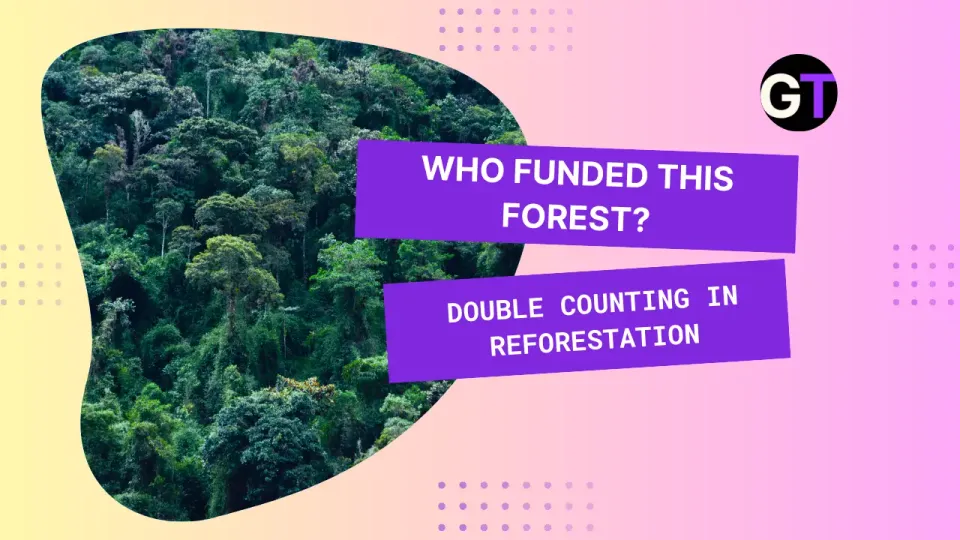Marsh-Fronted Seawalls: An Economic Win-Win for Coastal Protection 🌿💧
A new study by Lee and Nepf (2024) highlights how marsh-fronted seawalls can be a financially viable solution.

Why Look to Nature for Coastal Protection? 🌊🌿
Coastal communities face growing threats from storms and rising sea levels, which can cause significant economic damage. Traditional gray infrastructure, like concrete seawalls, offers some protection but often comes with high costs and limited environmental benefits. Enter the marsh-fronted seawall—a hybrid solution that combines the protective benefits of natural marshlands with the stability of seawalls. But can these nature-based solutions make economic sense?
A new study by Lee and Nepf (2024) highlights how marsh-fronted seawalls can be a financially viable solution, showing that integrating marshlands with traditional seawalls significantly reduces wave energy, leading to cost savings and enhanced coastal resilience.
Marsh-Fronted Seawalls: What Are They? 🌾
Marsh-fronted seawalls combine hard infrastructure like seawalls with natural marshes in front. The marsh absorbs wave energy, reducing the impact on the seawall and decreasing erosion. This hybrid approach not only strengthens coastal defenses but also supports wildlife and improves water quality.
The Benefits of This Approach🌱💸
The study shows that marsh-fronted seawalls can be an economically justified solution for coastal defense. This hybrid approach leverages marsh vegetation to reduce wave energy, thus lowering the impact of storms and the need for taller, more expensive seawalls. Here’s why it matters:
- Wave Energy Reduction: Marshes absorb wave energy before it hits the seawall, which means less force against the structure and reduced risk of erosion.
- Economic Savings: By reducing wave height, marshes can minimize the required height (and cost) of seawalls, making them a cost-effective addition to coastal defense strategies.
- Ecosystem Services: Beyond coastal protection, marshes provide valuable habitat for wildlife, improve water quality, and contribute to carbon sequestration.
Small is Beautiful 📊🌾
One of the key takeaways from the study is that even a relatively small marsh, just tens of meters wide, can provide significant benefits in wave attenuation. As co-author Heidi Nepf told MIT News, “you don’t need a huge marsh to get a good effect. It could be a relatively short marsh, just tens of meters wide, that can give you benefit.”
This makes the concept of marsh-fronted seawalls viable even in urban areas where space is limited and large-scale marsh restoration isn't possible. By showing that smaller marshes can still make a difference, the study opens up opportunities for integrating nature-based solutions in places where they were previously considered impractical.
How Can We Implement This Solution? 🛠️💚
To make the most of marsh-fronted seawalls, it’s crucial to adopt a holistic approach that integrates engineering and ecological perspectives. Here’s how:
- Site-Specific Analysis: Evaluate local conditions such as water depth and storm frequency to design the most effective marsh-seawall combination.
- Focus on Species: Choose marsh species with optimal wave-damping properties to maximize wave energy reduction.
- Secure Funding for Restoration: Programs like FEMA’s Hazard Mitigation Assistance can support the initial investment in marsh restoration, offsetting the costs.
Open Data & Code 📂💻
The study's findings are backed by a 1-D wave model that incorporates plant morphology and wave dynamics. The model, along with the code, is available for public use, enabling researchers, consultants and planners to tailor it to local needs. Access the model on Zenodo.
Final Thoughts 🌍
Marsh-fronted seawalls show that we don't have to choose between economic and environmental goals—they can go hand in hand. As coastal threats grow, embracing hybrid solutions like this can help communities build resilience while preserving natural habitats.
Want to see these solutions in action? Share your thoughts on nature-based solutions below! 👇




